Diy - Automatic Garage Light
About the project
In this tutorial, I am going to turn on and off the garage light using a PIR sensor and LDR.
Project info
Difficulty: Easy
Estimated time: 1 hour
Items used in this project
Hardware components
View all
Story
Step 1: Logic
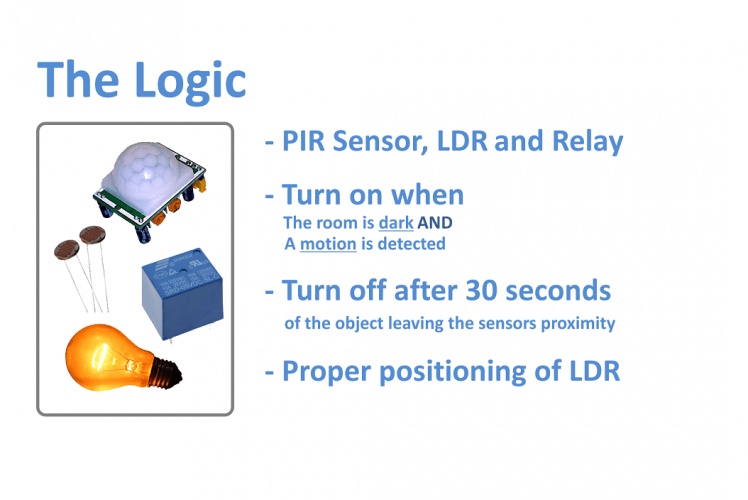
In this project, I will be using a PIR sensor along with an LDR to turn on or off a light bulb using a Relay.
The things I need to consider before designing the circuit are:
- The bulb should only turn on when the room is dark and when a motion is detected.
- The bulb should turn off after 30 seconds of the object leaving the sensors proximity.
- Most important, we need to place the LDR in a place where it doesn't turn off the bulb as soon as it lights up.
Step 2: Hardware
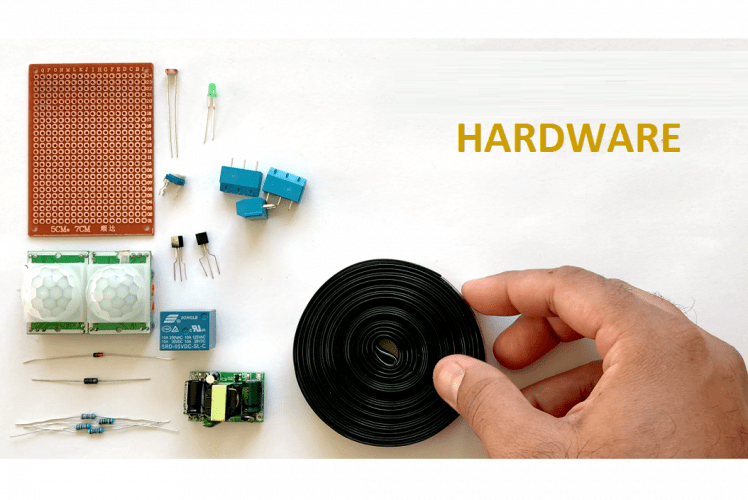
For this tutorial we need:
A General Purpose PCB
2 x HC-SR501 PIR Sensor
2 x 1N4148 Small Signal Fast Switching Diodes
1 x 1N4007 High Voltage, High Current Rated Diode to protect the micro-controller from voltage spikes
1 x LDR
1 x 10K Trimmer Potentiometer
2 x 470 Ohms Resistor
1 x 10K Resistor
1 x 1K Resistor
1 x 2N3906 General Purpose PNP Transistor
1 x 2N2222 General Purpose NPN Transistor
1 x 5V Relay
1 x LED to display the status
5 x Terminal Blocks
1 x 220V to 5V Buck Step Down Module
Few Connecting Cables And General Soldering Equipments
Step 3: Assembly
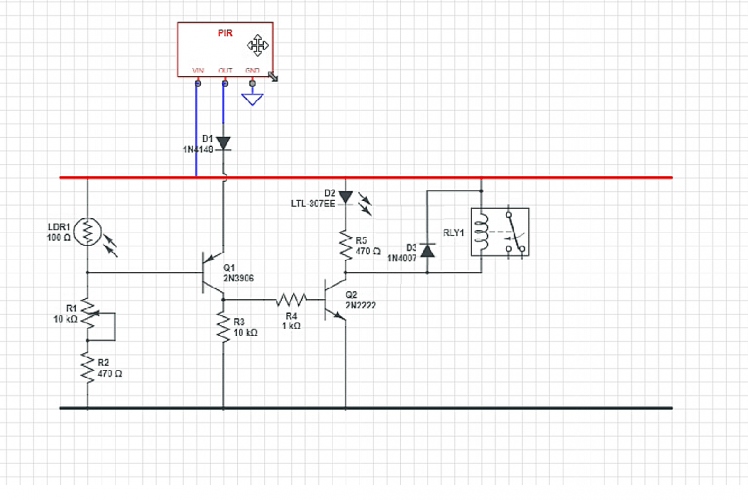
Lets first connect the LDR and setup the light detection bit.
As we all know we need to setup a voltage divider to use the LDR in a circuit, so, I am adding this 10K POT and 470ohms resistor to setup the voltage divider bit. By adjusting the resistance of the POT we can adjust the intensity of sunlight at which this circuit will operate.
Now, lets install the PIR sensor. Connect the VCC to +5v and GND to ground. Then connect the 1N4148 diode to the OUT of the sensor. In this circuit, I am installing just one sensor however in the actual project I have used 2 sensors to capture a bit more than 180 degrees. So, to avoid the sensors from back-feeding each other we need to install a diode to the OUT pin of each sensor. If you want to capture motion at 360 degrees you may need 3 to 4 sensor and diode pair to achieve that.
Now that we have the PIR sensor and the LDR in place we need to add the 'AND' functionality. To achieve this I am adding a general purpose PNP transistor. When a motion is detected 'and' when the sunlight is at a certain intensity (adjusted by the POT) current flows out of the transistor.Next, we need to amplify the current received from the collector of the PNP transistor and turn on and off the LED indicator and the Relay. A general purpose NPN transistor is used to achieve this. That's it all done.
Step 4: What Have I Have Made
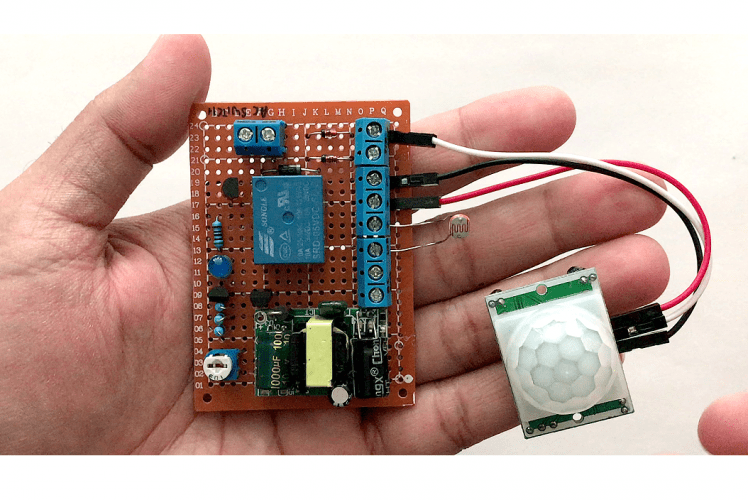
So, this is what I have made.
On my board components are pretty much soldered everywhere, but you may like to have them nicely installed to give it a bit more cleaner look. OK, so lets check out how this works.
Step 5: Demo
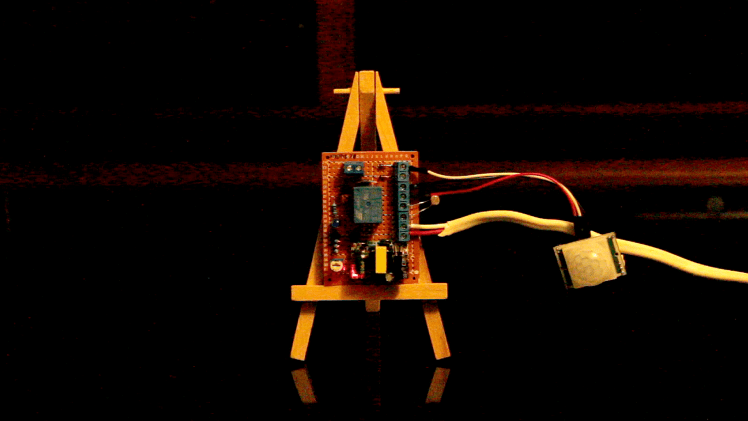
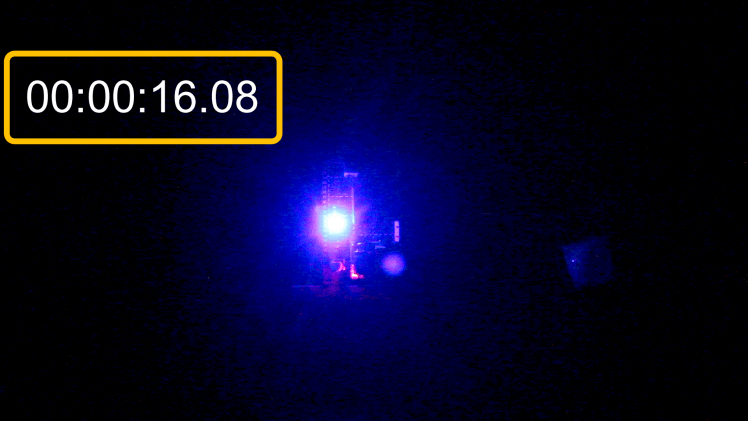
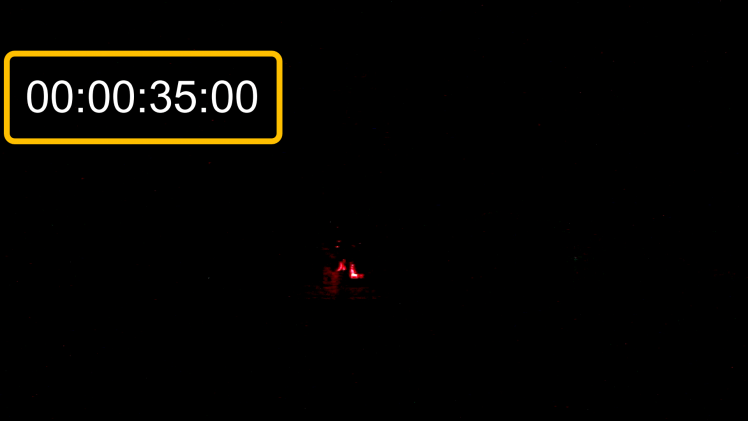
Alright, I have placed the board on this table to do a quick test. I haven't hooked up a light bulb to the circuit yet. However, the LED indicator should serve the purpose of this demonstration.
So, now I am going to turn off the light and make the room dark. Let's see if the sensor picks up motion and lights up the LED. Tada, it works.
Now, lets turn on the light of the room and see if the LED indicator turns off or not. Yessss, that works.OK, finally just want to make sure that the light bulb turns off after 30 seconds of me moving out of the sensors proximity. Boom, and that concludes the project. I can now install it on the ceiling and make my partner happy.
Instead of having 2 to 3 PIR sensors you can use one and install it at the corner of the wall. However, that will require a fair bit of wiring either inside the roof or on the ceiling, which will be way more expensive and tedious than installing 3 sensors an d putting the device in the middle of the room.
You can also swap the Arduino with a NodeMCU board and do a remote data logging to log the time when the sensor detected motion or when the light went on to record when people entered your garage and how long they stayed in there.
Step 6: Areas of Applications of PIR Sensors
This setup can be used to:
* Automate All Outdoor Lights
* Automate Lights of Basement, Garden or Covered Parking Areas
* Automate Lift Lobby or Common Staircases Lights
* Automate bedside or night lamp
* Create a Smart Home Automation & Security System and more
..
Thanks again for watching this video! I hope it helps you. If you want to support me, you can subscribe to my channel and watch my other videos. Thanks, ca again in my next video.



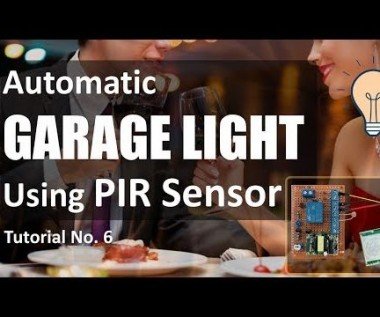




























Leave your feedback...